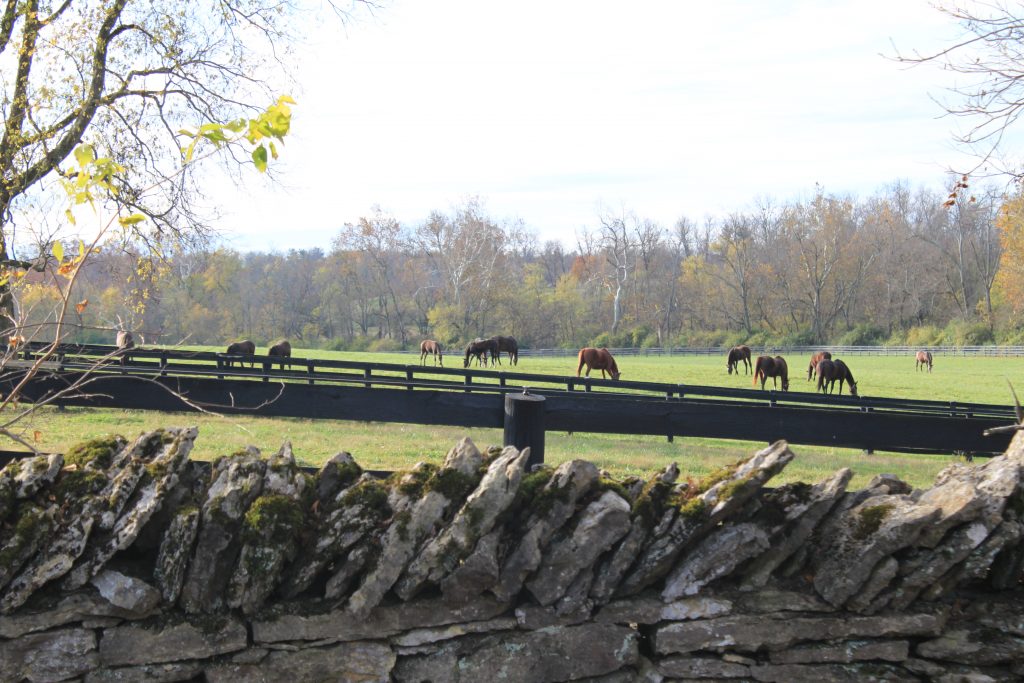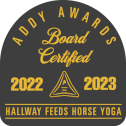Changing Season, Changing Nutrition
Fall brings more than vivid colors and cooler temperatures; it also brings changes to your horse’s nutritional program.
Reassess grazing
While pastures may still look fine, the grass doesn’t contain the same level of nutrients or energy as it did in the spring. In addition, fall grazing comes with the possibility of your horse ingesting something that could harm him. For example, maple leaves contain hypoglycin A, which has been linked to atypical myopathy.
Bringing your horse off pasture soon also sets you up for a better spring. Letting horses continue to graze may mean grass will be too short to stay healthy over the winter; by leaving about four inches of growth, you can help protect against winter damage and promote faster growth next spring.
Therefore, for many horse owners, fall horse nutrition means it’s time to cut back on grazing and increase hay consumption.
Feed more hay
All hay is not created equal; you want to feed your horse the best hay for his individual needs. Horses with average metabolisms should be fed good-quality grass hay, while easy keepers might be better off with a medium-quality grass hay. Hard keepers and horses in heavy work will typically do better with a grass-legume mix. Overall, you’ll want to make sure the hay you feed is green and leafy, mold-free, and sweet-smelling.
To determine how much hay you’ll need to buy to get through winter, you need to do a little math. Horses will eat anywhere between 1% and 2% of their body weight in hay per day. Therefore, you can multiply your horse’s weight by 0.02 (2%), then multiply that result by the number of days hay will be needed. For example, a horse that weighs 1000 pounds and will be fed hay from November through March will need about 3,020 pounds (1.5 tons) of hay.
The switch from fresh forage to hay affects two other parts of horse nutrition: water and horse feed. Hay contains less water than fresh grass, so you’ll need to ensure your horse drinks more water. Hay also contains fewer nutrients than fresh grass, so you will likely need to increase feed rations or change to a more nutrient-dense feed.
Provide plenty of water
Ensuring your horse gets enough water will help ward off impaction colic. However, horses tend to drink less water when the weather is cooler, so it’s important to make sure the water you provide is attractive. You’ll want to make sure it’s clean (no mold or mildew, free from hay and feed floating in it), and not too cold. As the temperatures fall (especially overnight), be sure to check the water regularly to make sure it hasn’t frozen.
Consider your feed options
As mentioned, transitioning from fresh forage to hay can mean your horse is taking in fewer nutrients. Therefore, as part of your horse nutrition program, you may need to look at the feed you’re providing.
For hard keepers, a nutrient- and energy-dense horse feed may help with weight gain (or help prevent weight loss). We recommend:
• Prep 14, with 20% more calories than conventional textured feeds
• Edge 14, which replaces cereal grains with super fibers and vegetable oil to provide plenty of energy
• Distinguished, which is formulated for the needs of senior horses and provides a significant boost in calories
• Mueslimax, which is custom-crafted with oats and barley for quick-release energy, and vegetable oil for slow-release energy
Easy keepers may just need a ration balancer, like Stamm 30. We’ve formulated Stamm 30 to ensure horses get the nutrition they need, including proteins, vitamins, and minerals. It is also fortified with Buffered Mineral Complex (BMC), to help with gastric health, hindgut health, and bone density.
When you’re evaluating your horse nutrition program this fall, give us a call at 859-255-7602. We’re happy to help you determine what the change in season means for your horse’s needs, which horse feed will ensure optimal health, and how to make the transition without upsetting your horse’s digestive system.









